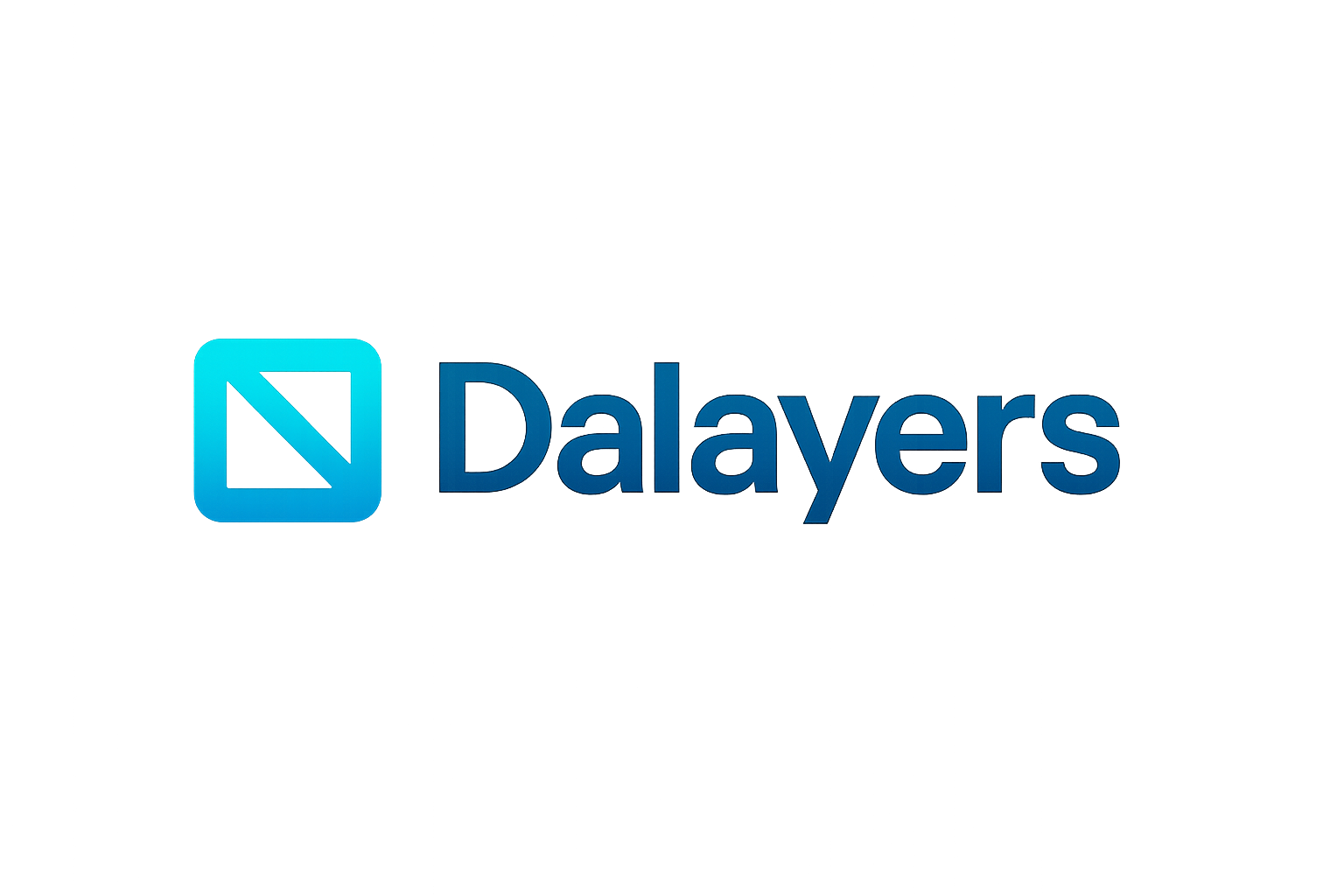
Blockchain scalability has always been a make-or-break issue for the industry. With traditional monolithic blockchains, every transaction is processed sequentially, resulting in bottlenecks as usage grows. The rise of modular blockchain architecture is fundamentally changing this dynamic, offering a blueprint for true scalability by decoupling execution, consensus, and data availability into specialized layers. This separation is not just a technical nuance but a strategic leap forward, paving the way for parallel execution and dramatically higher throughput.
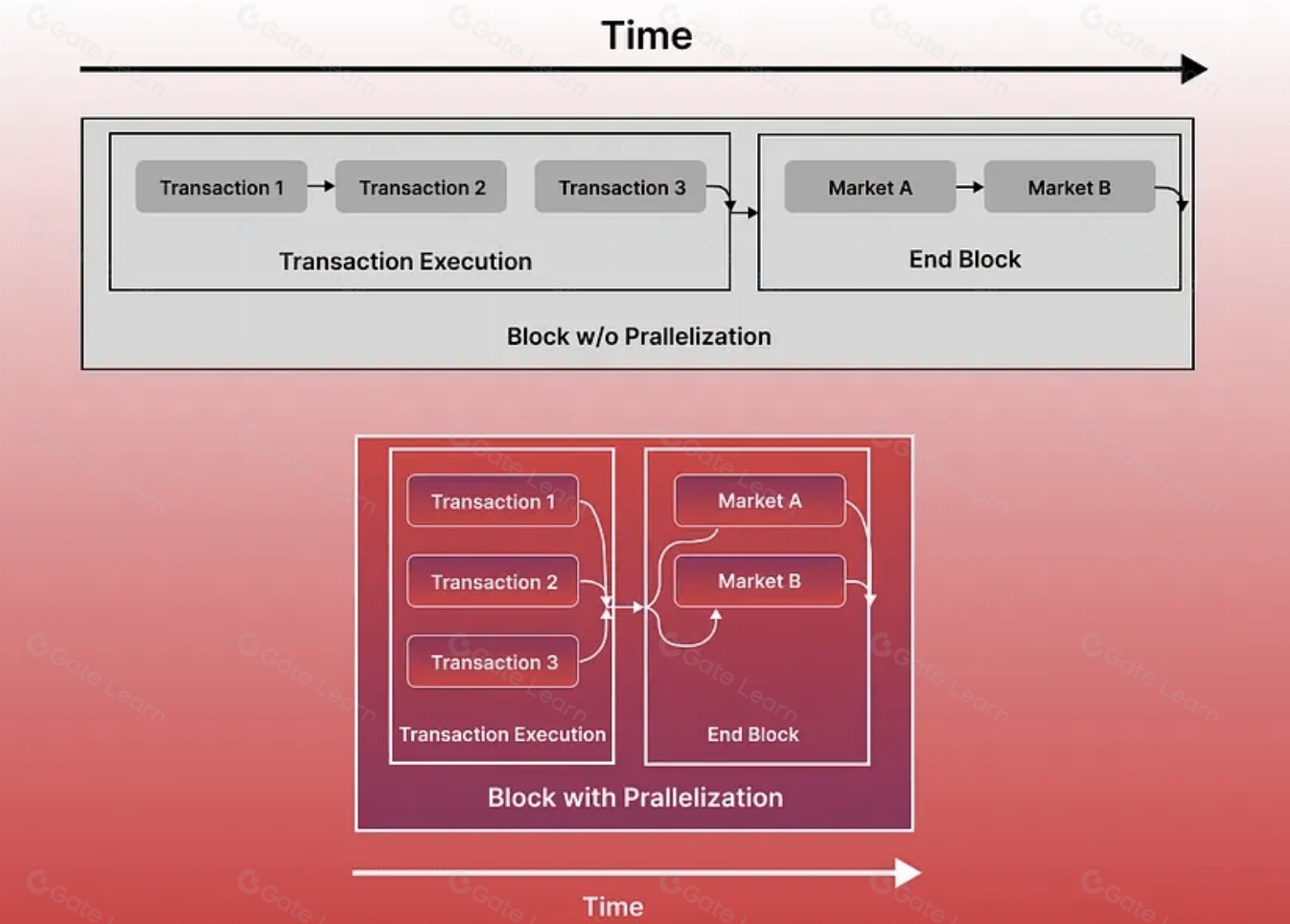
Why Parallel Execution Is the Scalability Breakthrough
At the heart of this transformation lies parallel execution blockchain design. Instead of forcing every transaction through a single pipeline, modular blockchains split the workload across multiple shards or processing units. Each can handle transactions independently and simultaneously. This parallelism enables networks to process thousands, even millions, of transactions per second – a quantum leap from legacy systems.
Projects like PyloChain and Reddio are already demonstrating the power of this model. PyloChain, for example, uses a hierarchical sharding approach, where local chains execute transactions in parallel while a main chain ensures data availability and consensus. Read more about PyloChain’s architecture here. Reddio takes a different approach, combining parallel EVM execution with asynchronous storage to break through performance bottlenecks (see Reddio’s technical paper).
The Role of Modular Data Availability Layers
None of this would be possible without robust modular data availability layers (DA layers). In modular blockchains, DA layers are responsible for ensuring that all transaction data is accessible and verifiable by anyone at any time. By offloading this critical function from the execution layer, DA layers allow the execution environment to focus purely on processing logic, unburdened by storage overhead.
This architectural pivot is exemplified by solutions like Avail, which provides scalable data availability for modular chains. By guaranteeing that data is always available and correct, DA layers underpin the security and efficiency of the entire ecosystem. For a deep dive into Avail’s approach, see their official blog post.
Real-World Implementations and Their Impact
The theory behind modular DA layers and parallel execution is compelling, but it’s the real-world deployments that truly showcase their potential. Consider these standouts:
Leading Projects Using Parallel Execution & Modular DA
-
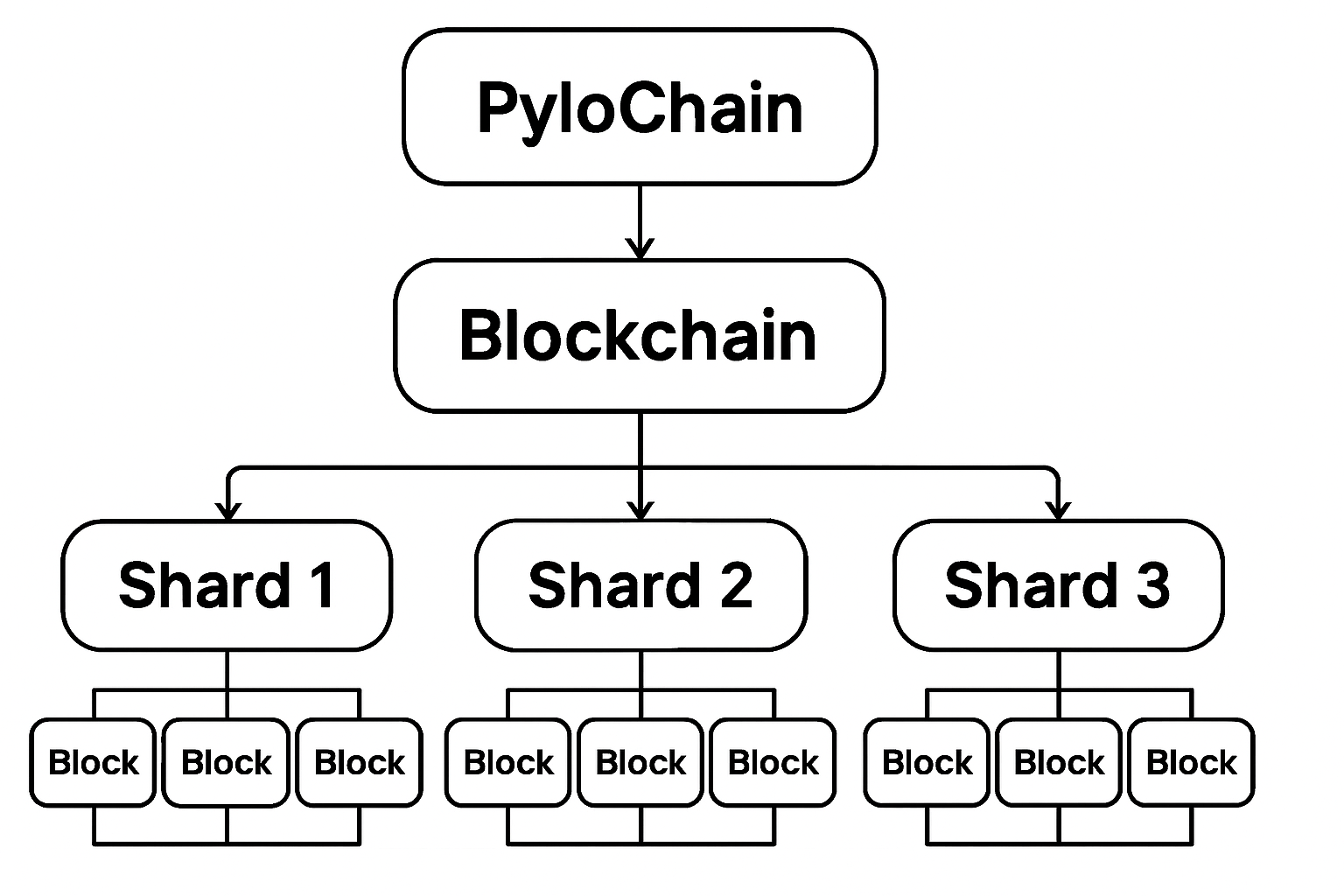
PyloChain: Implements a hierarchical sharded architecture, with multiple local chains executing transactions in parallel while a main chain ensures data availability and consensus efficiency.
-

Reddio: Enhances throughput by combining parallel EVM execution with asynchronous storage, effectively addressing storage bottlenecks in modular blockchain environments.
-
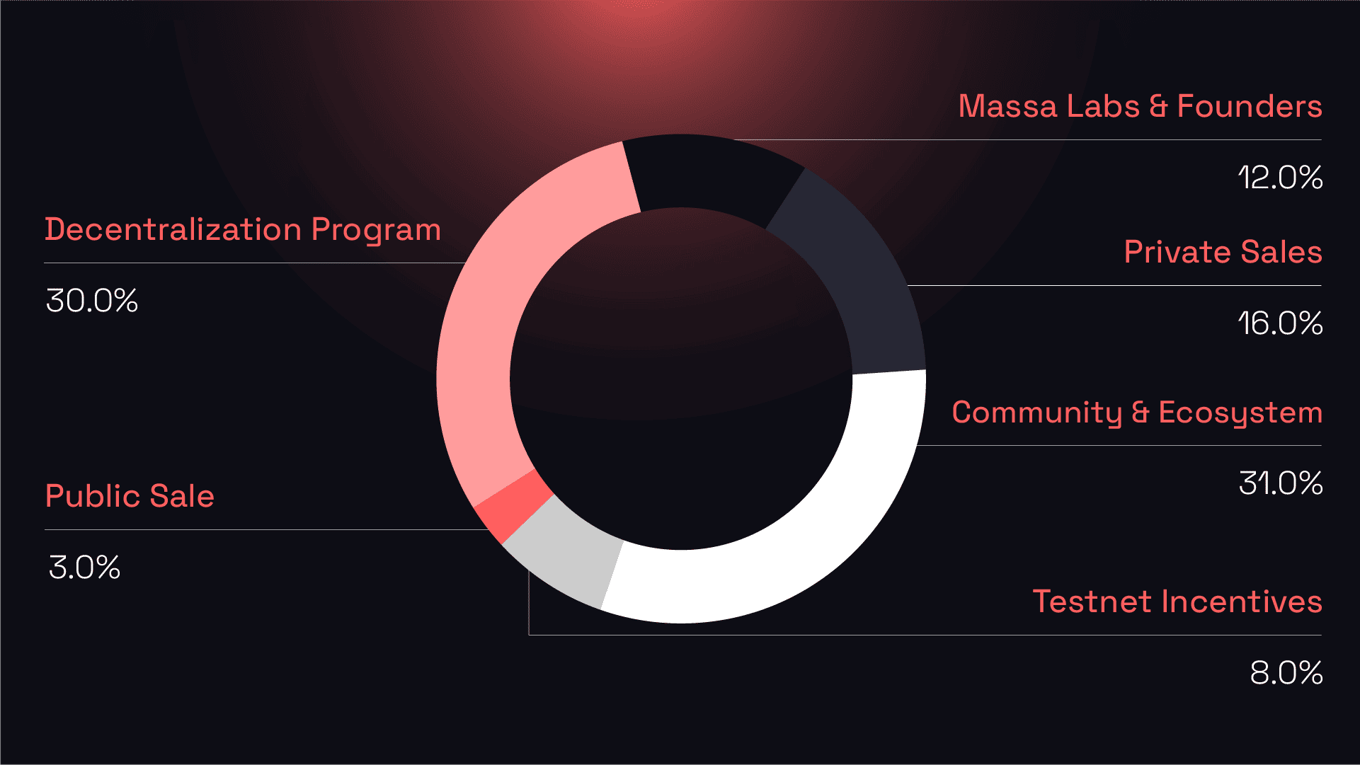
Blockclique: Utilizes a multithreaded block graph to shard transactions, enabling parallel block creation and maximizing bandwidth for scalable blockchain performance.
-
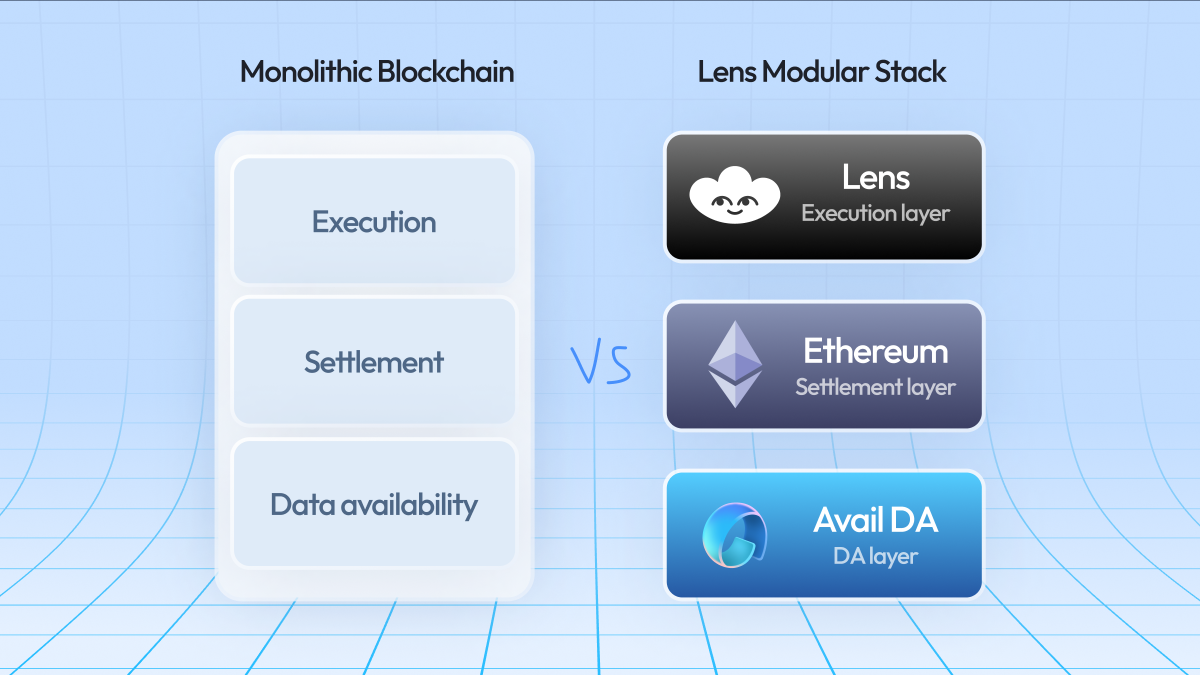
Avail: Serves as a scalable, dedicated data availability layer for modular blockchains, supporting high-throughput parallel execution by offloading data storage and verification.
Blockclique, for instance, leverages a multithreaded block graph to enable parallel block creation and efficient bandwidth use (see Blockclique’s technical details). Meanwhile, the NEMO execution engine combines optimistic concurrency control (OCC) with an object data model to further enhance throughput for highly contended blockchains.
This new wave of blockchain scalability solutions is not just theoretical – it is already reshaping how decentralized networks are built and scaled. As modular DA layers and parallel execution become industry standards, expect the next generation of blockchains to deliver both speed and security at unprecedented scale.
With these advances, the competitive landscape for blockchain infrastructure is rapidly evolving. The shift from monolithic to modular designs is fostering a new breed of networks that can finally meet global demand for high-throughput, low-latency decentralized applications. The synergy between parallel execution and dedicated DA layers is not just incremental innovation; it is a foundational change that redefines what blockchains can achieve at scale.
One of the most strategic implications is the decoupling of execution and data storage responsibilities. By allowing DA layers to handle the heavy lifting of data propagation and verification, execution environments can be leaner, faster, and more adaptable. This separation also means that upgrades to one layer, say, integrating a faster execution engine like NEMO, do not require a full protocol overhaul. Instead, modular blockchains can iterate rapidly, incorporating best-in-class solutions at each layer as they emerge.
Key Challenges and Strategic Considerations
Despite the clear advantages, implementing parallel execution in modular DA architectures is not without its challenges. Data availability remains the most underestimated cost driver in modular blockchain design. Ensuring that all nodes can access and validate data in real time requires robust cryptographic proofs and carefully engineered network protocols. Projects like Celestia are addressing this by introducing Data Availability Committees (DACs) that balance decentralization with performance (see more on Celestia).
Another challenge is developer tooling and interoperability. As more networks adopt sharded or parallelized execution, cross-chain communication standards must evolve to ensure seamless composability between different chains and layers. The industry is moving toward standardized APIs and shared DA layers that can serve multiple execution environments simultaneously, a critical step for the modular future.
What’s Next for Modular Blockchain Architecture?
The modular thesis is gaining momentum as more projects demonstrate production-grade performance gains. Fuel, for example, exemplifies how a modular blockchain execution environment can leverage DA layers for both speed and cost efficiency (see discussion on Fuel’s architecture). Meanwhile, the ongoing research into sharding strategies and parallel VM design is pushing throughput closer to Web2 parity.
Looking ahead, expect to see:
Emerging Trends in Modular DA & Parallel Execution
-
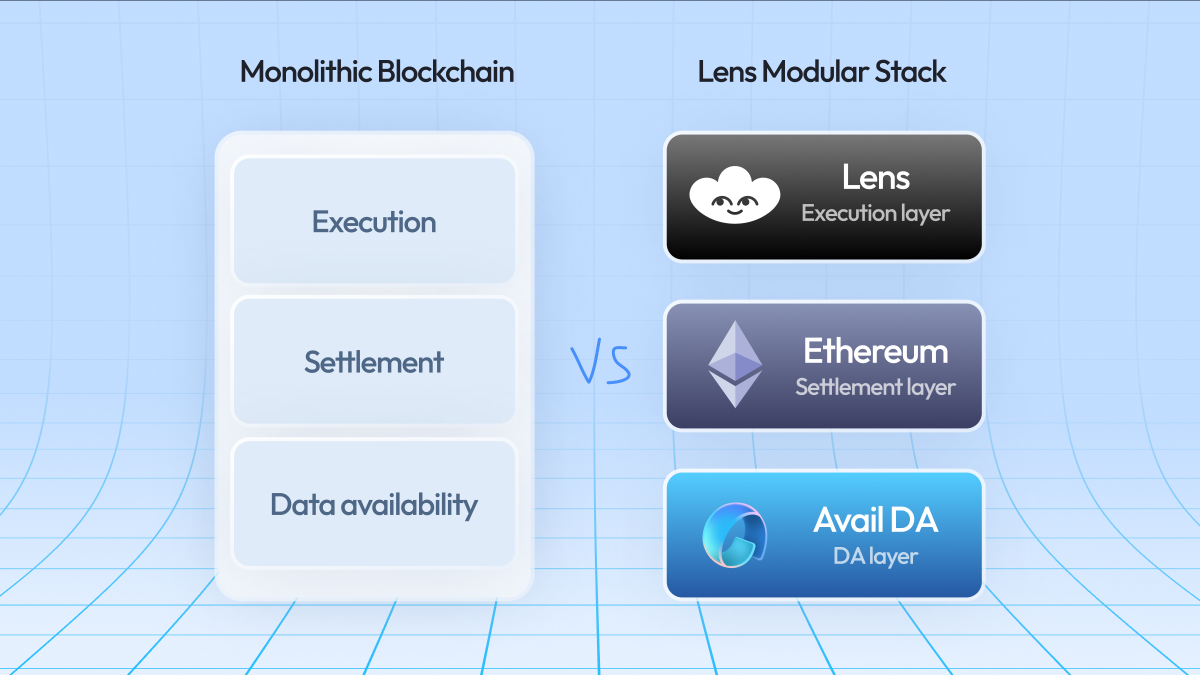
Adoption of Dedicated Data Availability Layers: Modular blockchains are increasingly integrating specialized data availability (DA) layers, such as Avail and Celestia, to offload storage and verification tasks. This separation allows execution layers to focus on transaction processing, unlocking higher throughput and scalability.
-
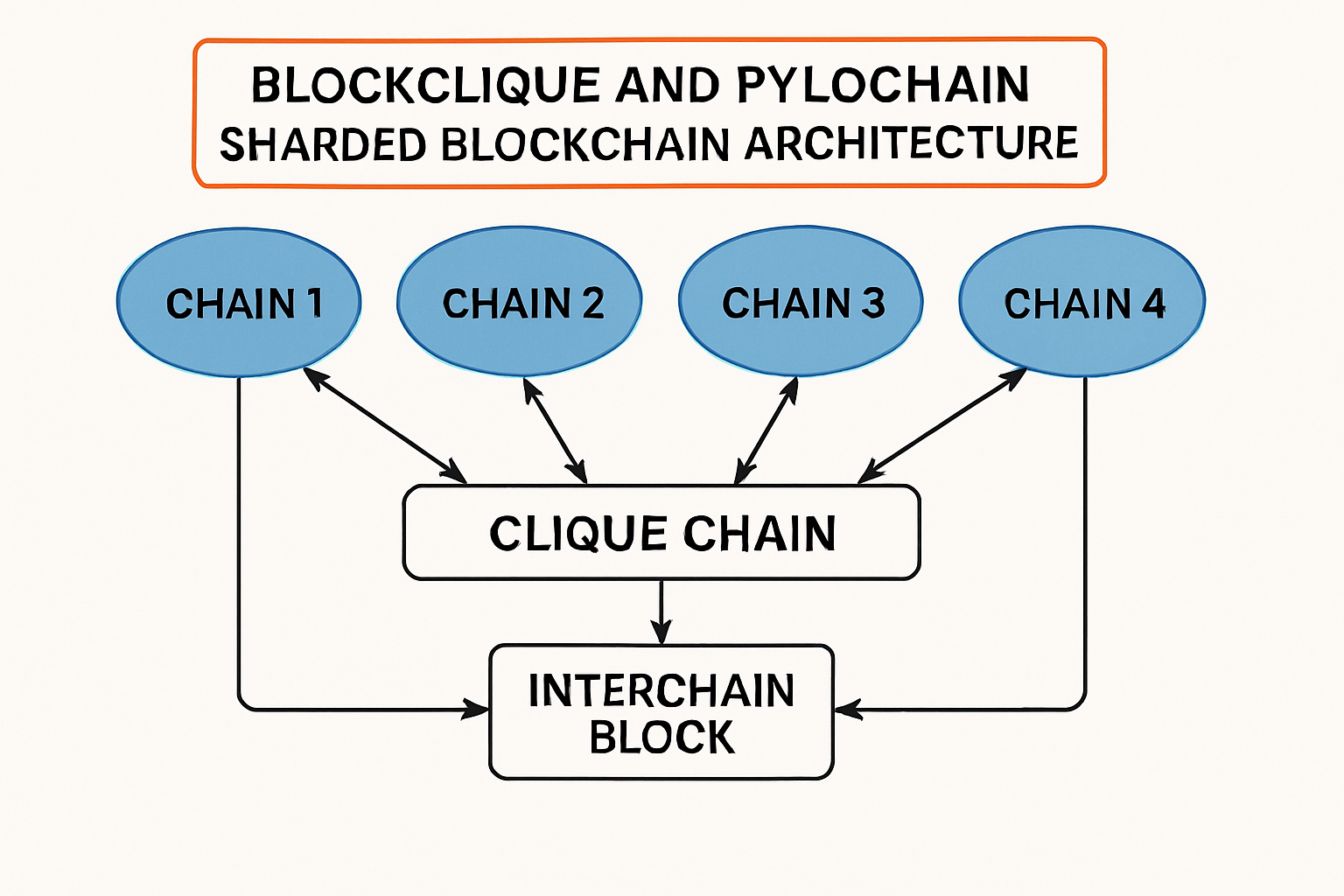
Parallel Execution Engines and Sharding Architectures: New execution engines like PyloChain and Blockclique leverage parallel execution and sharding to process transactions concurrently. This trend is accelerating, with more projects moving from sequential to multithreaded and sharded execution models.
-

Optimistic Concurrency Control (OCC) in Execution Layers: Advanced execution engines such as NEMO are implementing OCC and object data models to manage high-contention transaction environments. This approach minimizes conflicts and maximizes parallelism, setting new standards for blockchain performance.
-
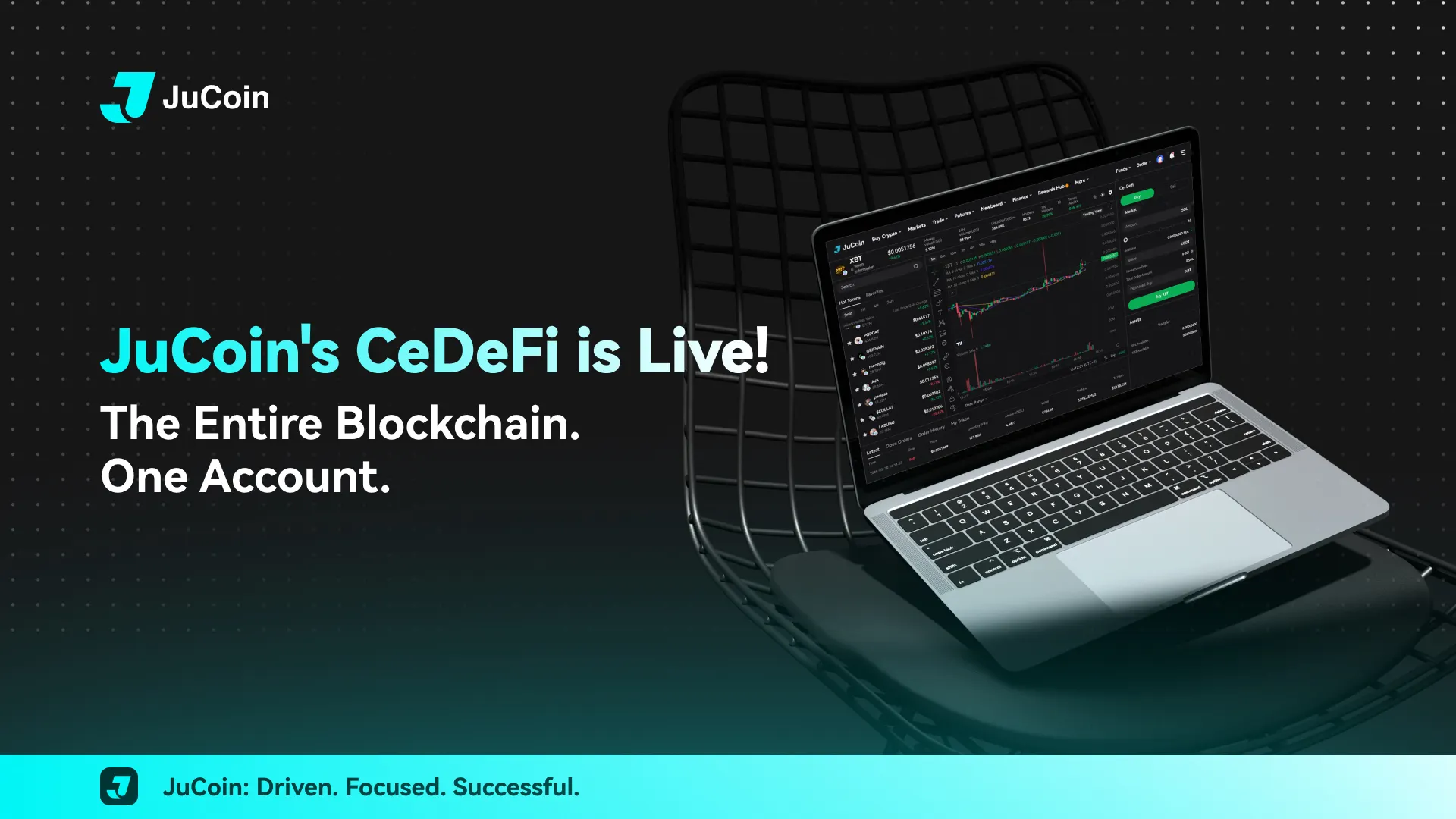
Frameworks for Asynchronous and Parallel EVM Execution: Solutions like Reddio are pioneering asynchronous storage and parallel EVM execution. By decoupling storage from execution, these frameworks address major bottlenecks and enable blockchains to scale to Web2-level performance.
For developers and enterprise architects, now is the time to explore how these innovations can be harnessed for next-generation decentralized applications. The playbook is clear: embrace modularity, optimize for parallelism, and leverage best-in-class DA layers to build systems that are both robust and future-proof.
Ultimately, the promise of parallel execution blockchain architectures backed by advanced modular data availability solutions represents more than just higher transaction speeds, it’s about unlocking new business models and user experiences previously unimaginable in the decentralized world.
